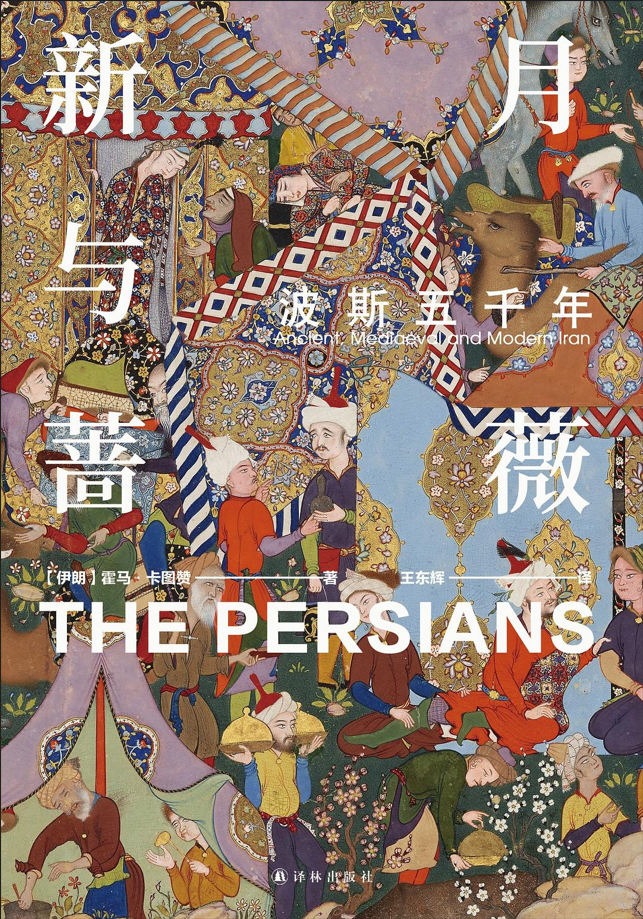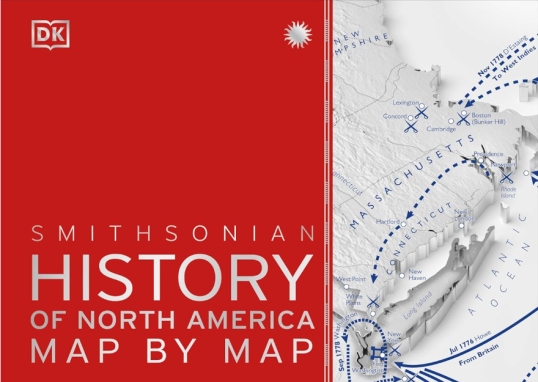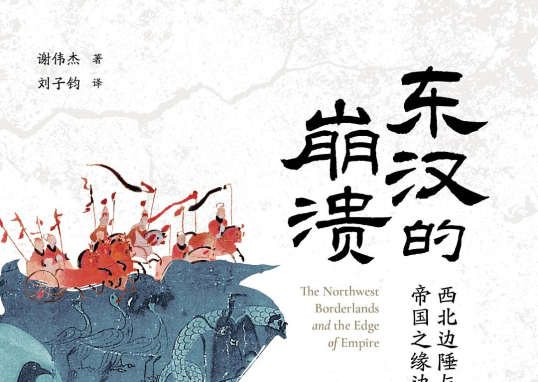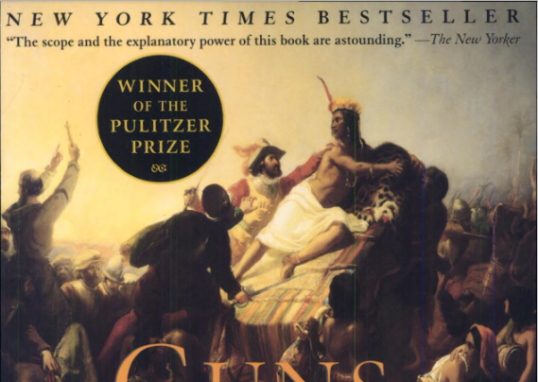THE PERSIANS: Ancient, Mediaeval and Modern Iran

Iran has various oppositions, which are manifested in the division between the Persian era and the Arab era in time, the difference between the original empire and the current Iranian border in space, the contradiction between the king’s rule and the modern Western political system at the national level, the opposition between various classes and the king at the social level, the conflict between Pan-Persianism and modern ideas in ideology, and the inconsistency between the feelings of a great power and the actual national strength of the people. These oppositions will unite and unify once a strong repressive force appears, and will begin to oppose again once the pressure disappears. Iran is like a person standing on an expanding balloon. Whether it is external or internal force that destroys the balloon, this person will fall back to the original place. If the balloon is left alone, it will explode sooner or later and return to the original point. The author often expresses the view in the book that the crux of Iran’s historical problems is the short-term social problems caused by the opposition between society and the country.
It seems that Iran’s complex attributes should split it into different countries, but the author also analyzes the reason why Iran is Iran-Iranism, that is, the three main characteristics of Persian, Shiite Islam, and territory.
The author believes that only if Iranians lose their pre-Islamic identity and become completely Arab like the Egyptians, Islamic Iran can be independent of the past, but this is undoubtedly more difficult than completely splitting Iran.
Overall, this book is the best summary of Iran’s history that I have ever seen. It explains and introduces Iranian history, provides a lot of reliable event details, and is perfect in helping readers understand contemporary Iran.
Author
shanghaizhangyijie@gmail.com


